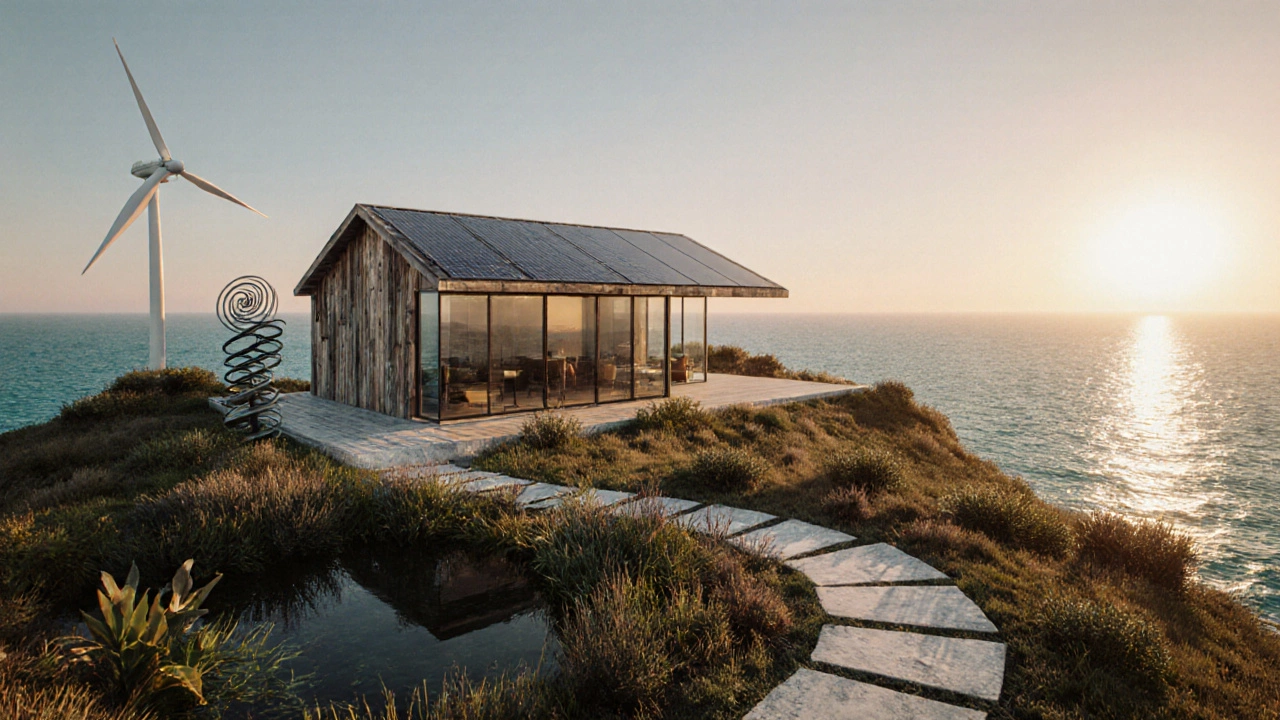Explore if a $1 billion eco‑friendly cottage can exist, learn cost drivers, real examples, and a checklist to verify ultra‑luxury sustainable homes.
Green Luxury Estate – Sustainable Luxury Stays in England
When you hear green luxury estate, a high‑end property that blends upscale comfort with eco‑focused design. Also known as sustainable luxury retreat, it aims to deliver lavish experiences while minimizing environmental impact. The concept sits at the intersection of eco‑friendly cottages, self‑catering homes built with low‑impact materials and energy‑efficient appliances, sustainable living, a lifestyle that cuts carbon footprints through renewable energy, water recycling and responsible sourcing, and luxury glamping, glamorous camping that offers hotel‑grade amenities amid natural settings. All three pillars share a common goal: provide a memorable stay without compromising the planet. If green luxury estate sounds like your ideal getaway, keep reading.
Key Features and How They Connect
A true green luxury estate encompasses eco‑friendly cottages, meaning every bedroom, bathroom and kitchen is fitted with insulation made from recycled fibers, solar panels that power lights and appliances, and smart thermostats that optimise heating and cooling. The estate requires sustainable materials—reclaimed timber flooring, low‑VOC paints, and locally sourced stone—that reduce embodied carbon while adding rustic charm. Renewable energy isn’t a gimmick; on many estates it covers up to 80% of total electricity use, with battery storage handling night‑time demand. Rainwater harvesting systems collect roof runoff for garden irrigation, and gray‑water recycling treats shower water for toilet flushing, slashing water bills and conserving local supplies.
Luxury glamping supports sustainable living by limiting permanent construction footprints. Instead of sprawling buildings, designers use modular pods, timber frames or canvas tents that sit lightly on the land. These structures often incorporate composting toilets, solar‑powered LED lighting and natural ventilation, which align with the estate’s broader sustainability goals. Guests enjoy the novelty of sleeping under the stars while still having king‑size beds, en‑suite bathrooms and Wi‑Fi, proving that comfort and conservation can coexist. In practice, the estate’s green credentials enhance the guest experience: lower utility costs translate into competitive rates, while carbon‑neutral operations attract travelers who value ethical tourism.
Beyond the physical assets, green luxury estates curate experiences that reinforce sustainable living. Guided nature walks teach guests about local flora, while cooking classes use produce from on‑site organic gardens. Many estates partner with nearby farms, offering farm‑to‑table meals that cut food‑miles and showcase regional flavors. Wellness programmes often include yoga sessions on solar‑lit decks, reinforcing the connection between personal health and planetary health. All these elements create a holistic stay where each activity, from a sunrise hike to a midnight campfire, contributes to a lower carbon footprint.
Below you’ll find a curated selection of articles that dive deeper into each aspect of the green luxury estate. From tips on choosing the right eco‑friendly cottage to understanding how luxury glamping can be both indulgent and low‑impact, the collection offers practical guidance for anyone planning a sustainable retreat. Explore the posts to see how these ideas come together in real‑world settings, and discover how you can enjoy a high‑end holiday that respects the environment.
